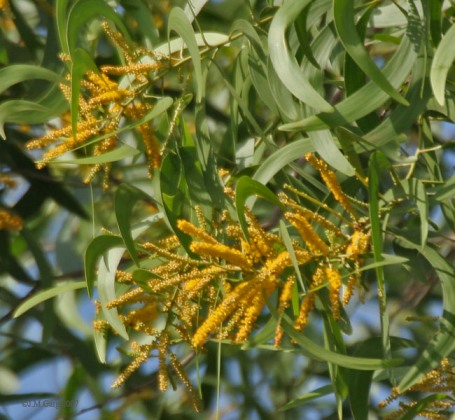Economic importance of Ginkgo biloba
 Family: Ginkgoaceae
Family: Ginkgoaceae
Genus: Ginkgo
Species: G. biloba
Common name: Maidenhair tree, bal kunwari
Origin: Japan
Description: The tree has an angular crown. The leaves are unique among seed plants, being fan-shaped with veins radiating out into the leaf blade, sometimes bifurcating. The old popular name “Maidenhair tree” is because the leaves resemble some of the pinnae of the Maidenhair fern. Ginkgos are dioecious. Male plants produce small pollen cones with sporophylls each bearing two micro sporangia spirally arranged around a central axis. Female plants do not produce cones. Two ovules are formed at the end of a stalk, and after pollination, one or both develop into seeds.
Economic Importance:
- The kernels are eaten roasted or cooked; toxic if eaten raw. Seeds are used in the preparation of a detergent and are also employed as expectorant and sedative. Fruit contains a volatile oil.
- Wood is used for manufacturing chessboards and toys in Japan and China.
- The nut-like gametophytes is consumed as food in China.
- The extract of the Ginkgo leaves contains flavonoid glycosides and terpenoids (ginkgolides, bilobalides) and has been used pharmaceutically.


